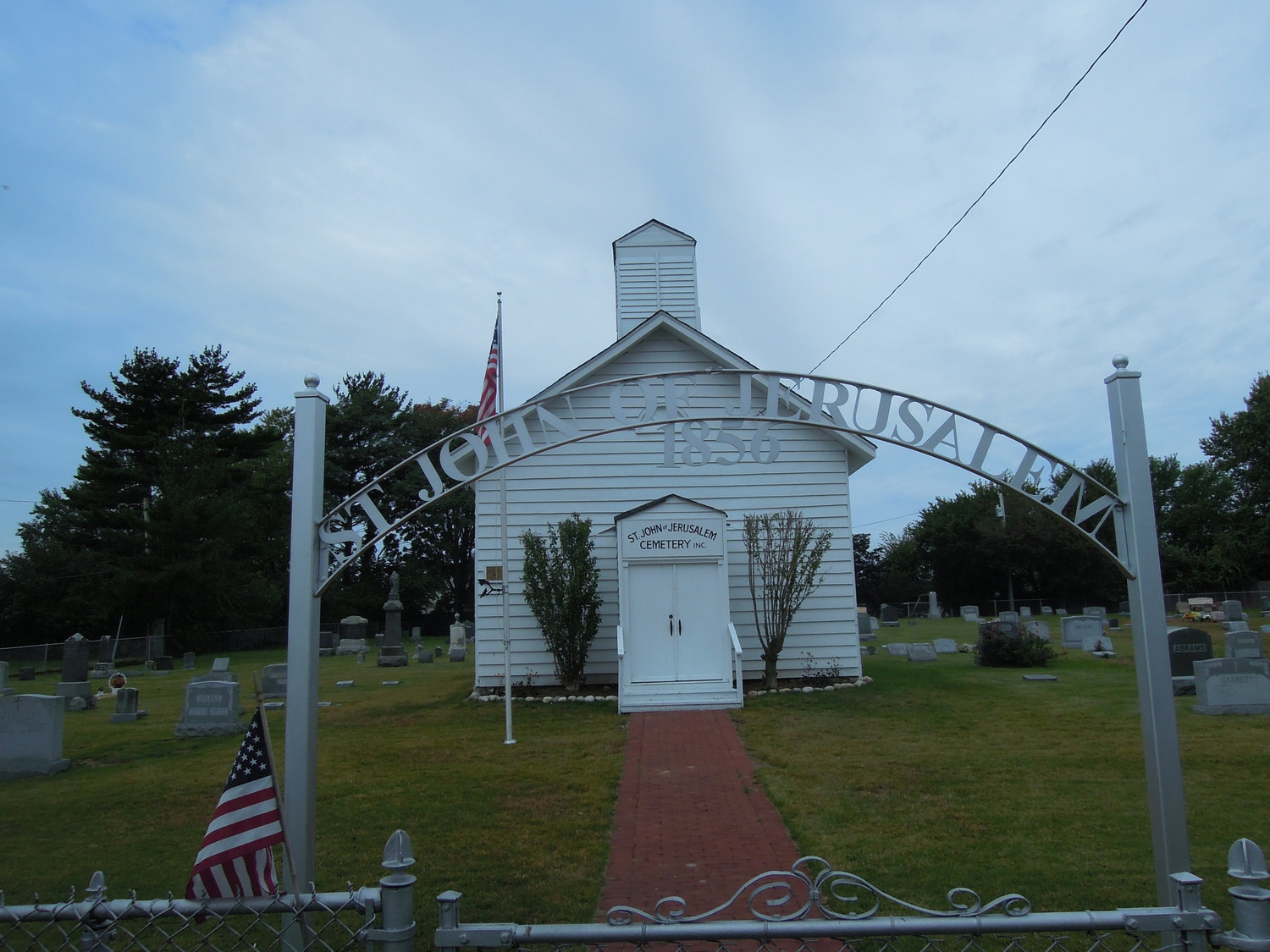Local cemeteries give Wantagh 'sense of place'
“This is not a Halloween presentation,” cautioned Tom Watson to mixed laughter as he began his presentation to the Wantagh Museum and Preservation Society.. History is a serious topic for the society’s good-natured recording secretary, so much so, that he even lives in an 18th-century salt box house.
In choosing his topic, “The Cemeteries of Wantagh,” offered on Oct. 23 at the Wantagh Library, Watson explained how the burying grounds provide a community with a link to its past and a way of relating to the people who have lived before — “a sense of place,” he called it. Local cemeteries hold the remains of such early settlers as the Seamans and the Jacksons, who came to Long Island from Connecticut in the mid-17th century to found the two communities of Seaford and Wantagh, he said. And as Seaford is currently celebrating its almost quadricentennial, Wantagh, while keeping a lower key, is just as old.
As in most early New World communities, Wantagh went some years without organizing formal cemeteries, or burying grounds, as they were then called. “Most burials were in family plots at home or on the farm,” Watson said. It wasn’t until formal churches were organized at the beginning of the 18th century that cemeteries were set up as well. Even then, most dissenters — members of churches besides the established churches of England and Scotland, such as Quakers — were not licensed to hold public worship services, let alone own cemeteries. And the closest Anglican church — St. George’s, founded in 1702 — was in Hempstead.
The cemetery of St. John of Jerusalem, established in 1808, can lay claim to being the oldest of Wantagh’s surviving cemeteries — or Jerusalem, as the area was known until the end of the 19th century. The graveyard is an appendage of the eponymous chapel, which was used by a mainly German-speaking community of Presbyterians, as names in the cemetery reflect. Wieberts and Wieboldts lie next to Meyers and Müllers. The cemetery still has plots for sale, as the sign up front boldly proclaims.
Next in age is the Jerusalem Society of Friends (Quakers) Cemetery on Twin Lane off Wantagh Avenue, behind the New Life Church and next to the newly reopened Burger King. Although the cemetery itself only dates from 1827, Quakers began holding meetings in the area as early as 1699. The cemetery is maintained by the Jericho Religious Society of Friends.
A number of early founders, including members of the Seaman family, converted to the Quaker faith after their arrival in the colony. Several descendants lie side-by-side in the surprisingly quiet setting, including at least one Civil War veteran.
Next, Watson spoke of the St. Matthias cemetery. The current St. Matthias Church, on Jerusalem Avenue, is the subject of much controversy. Proponents of landmark status for the edifice have been in a protracted negotiation with both the Town of Hempstead Landmarks Preservation Commission and the Episcopal Diocese of Garden City, the building’s nominal owner. (See story in the Sept. 27 Herald-Citizen).
The community was originally called The Brush and consisted of freed blacks. It appears to have gone through a number of iterations. Records point to its having been variously an African Methodist Episcopal community; a Methodist church; a Baptist church; and until recently, an Episcopal church.
Also of note were the Jackson, Harold Avenue, Ryerson and Baldwin Southern cemeteries. Of the four, only the Baldwin Southern cemetery is still on public land and open to visitors.
For more information, contact the Wantagh Preservation Society at (516) 826-8767 or online at www.wantagh.li/museum/.

 49.0°,
Fair
49.0°,
Fair 




